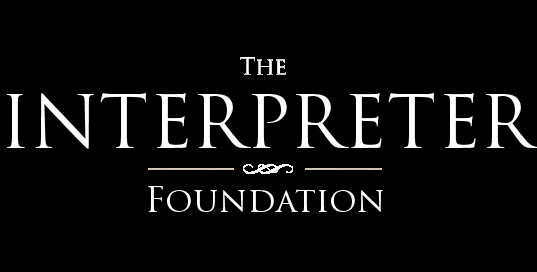Unknown Publication Dates
[biblio collection='nibley' date='NULL' sort="title" compendium="" author="nibley, hugh" hide_author="true" hide_citations="true"]
1910 — 1949
[biblio collection='nibley' date='1910-01-01 to 12/31/1949' author="nibley, hugh" sort="year" hide_author="true" hide_citations="true"]
1950 — 1959
[biblio collection='nibley' date="1950-01-01 to 12/31/1959" author="nibley, hugh" sort="year" hide_author="true" hide_citations="true"]
1960 — 1969
[biblio collection='nibley' date="1960-01-01 to 12/31/1969" author="nibley, hugh" sort="year" hide_author="true" hide_citations="true"]
1970 — 1979
[biblio collection='nibley' date="1970-01-01 to 12/31/1979" author="nibley, hugh" sort="year" hide_author="true" hide_citations="true"]
1980 — 1989
[biblio collection='nibley' date="1980-01-01 to 12/31/1989" author="nibley, hugh" sort="year" hide_author="true" hide_citations="true"]
1990 — 1999
[biblio collection='nibley' date="1990-01-01 to 1999-12-31" author="nibley, hugh" sort="year" hide_author="true" hide_citations="true"]
2000 — 2009
[biblio collection='nibley' date="2000-01-01 to 2009-12-31" author="nibley, hugh" sort="year" hide_author="true" hide_citations="true"]
2010 — 2019
[biblio collection='nibley' date="2010-01-01 to 2019-12-31" author="nibley, hugh" sort="year" hide_author="true" hide_citations="true"]
2020 — Present
[biblio collection='nibley' date="2020-01-01 to 2029-12-31" author="nibley, hugh" sort="year" hide_author="true" hide_citations="true"]



